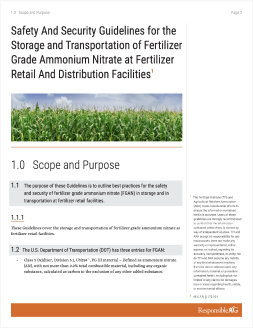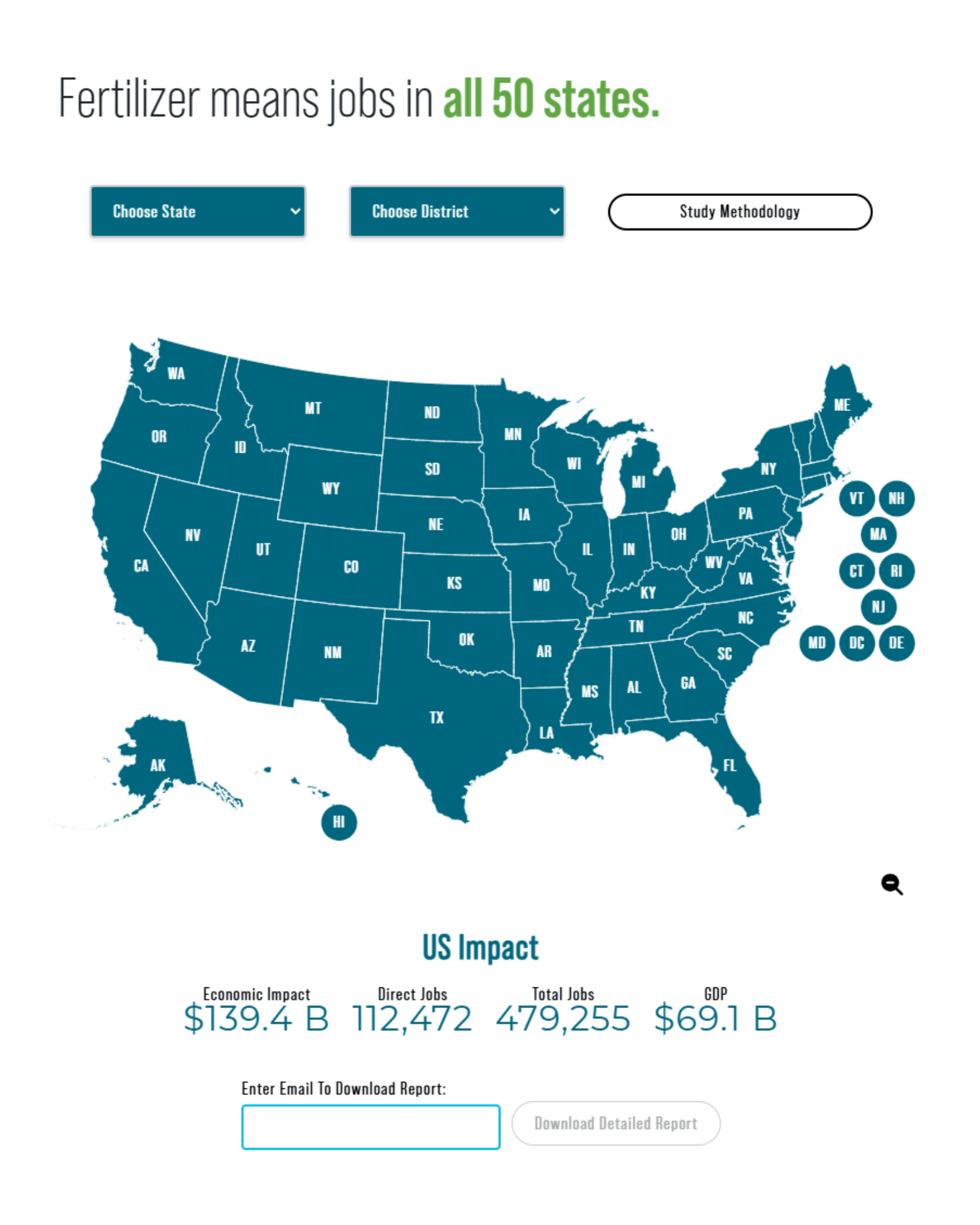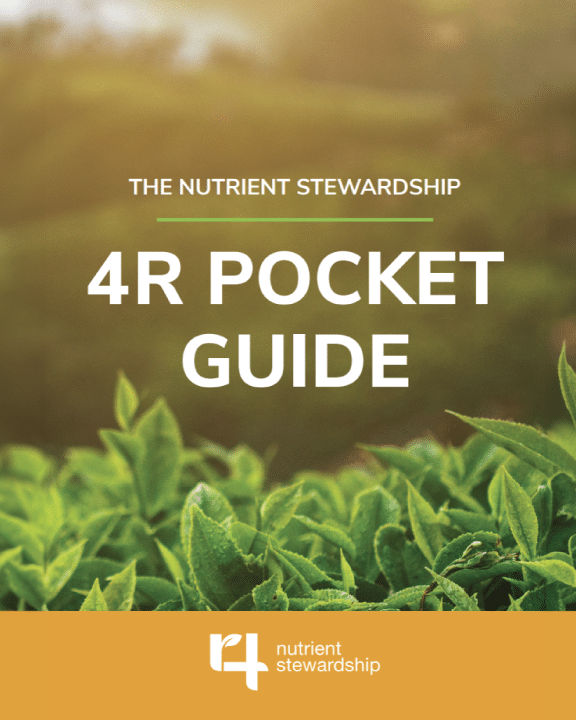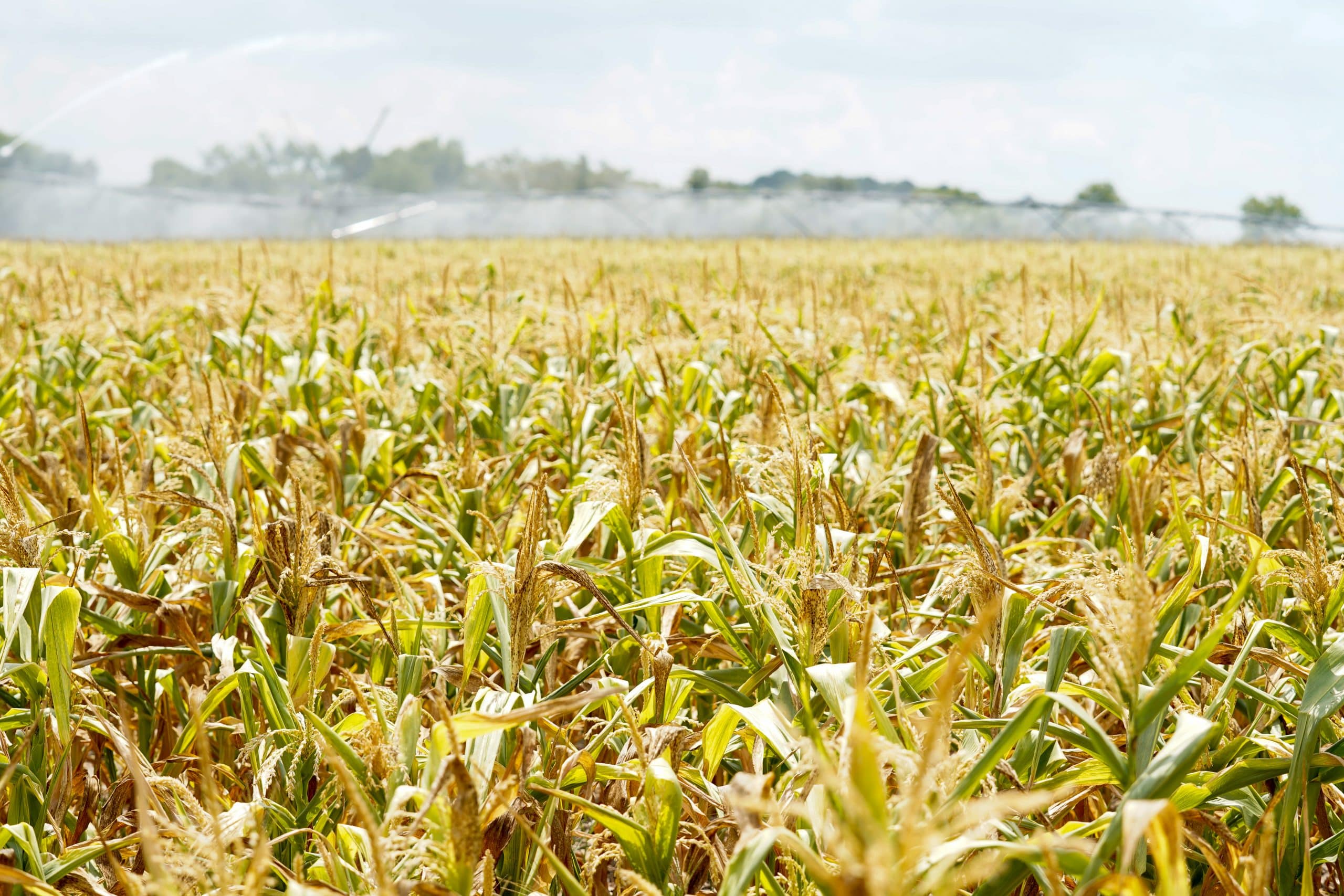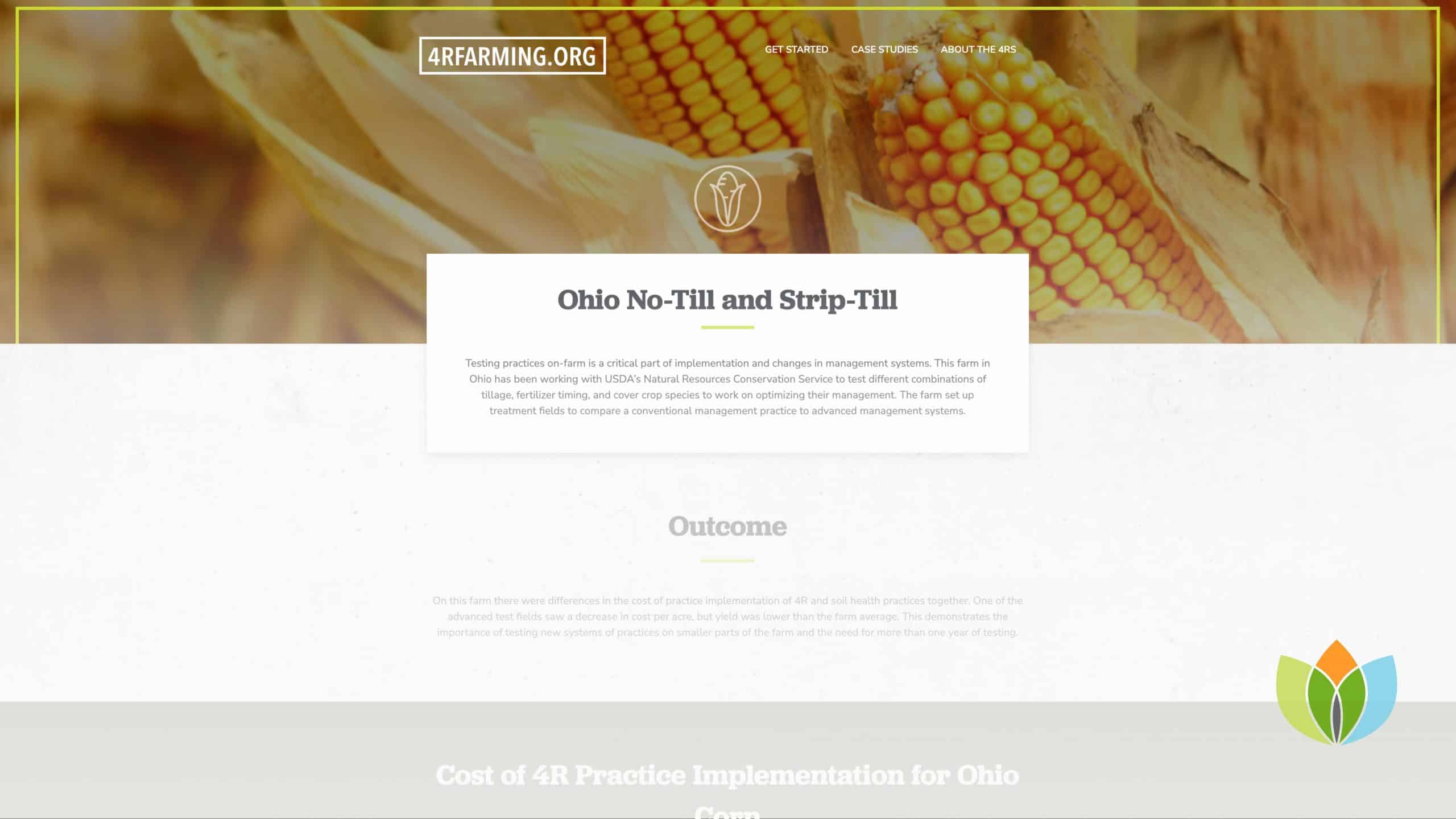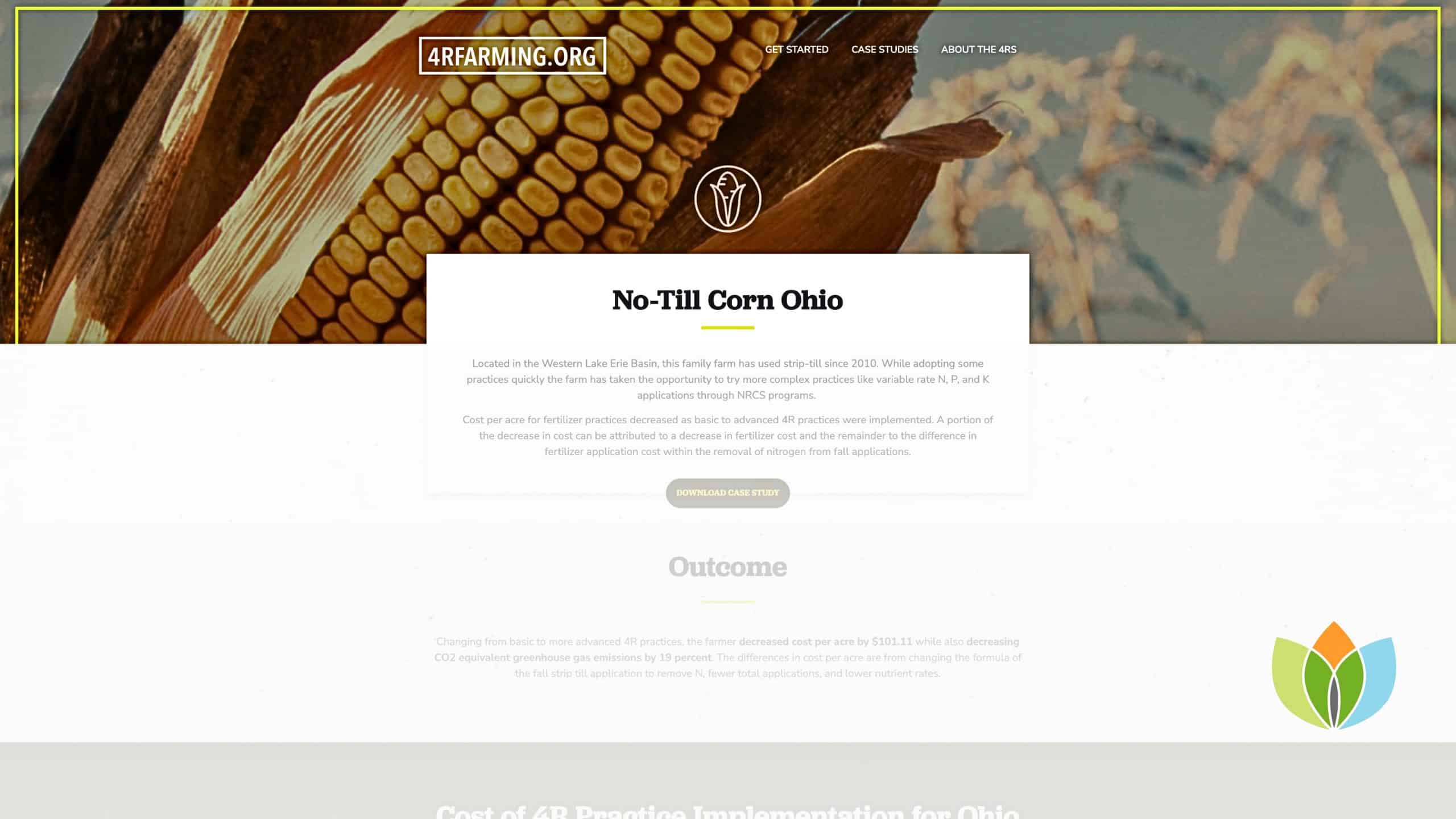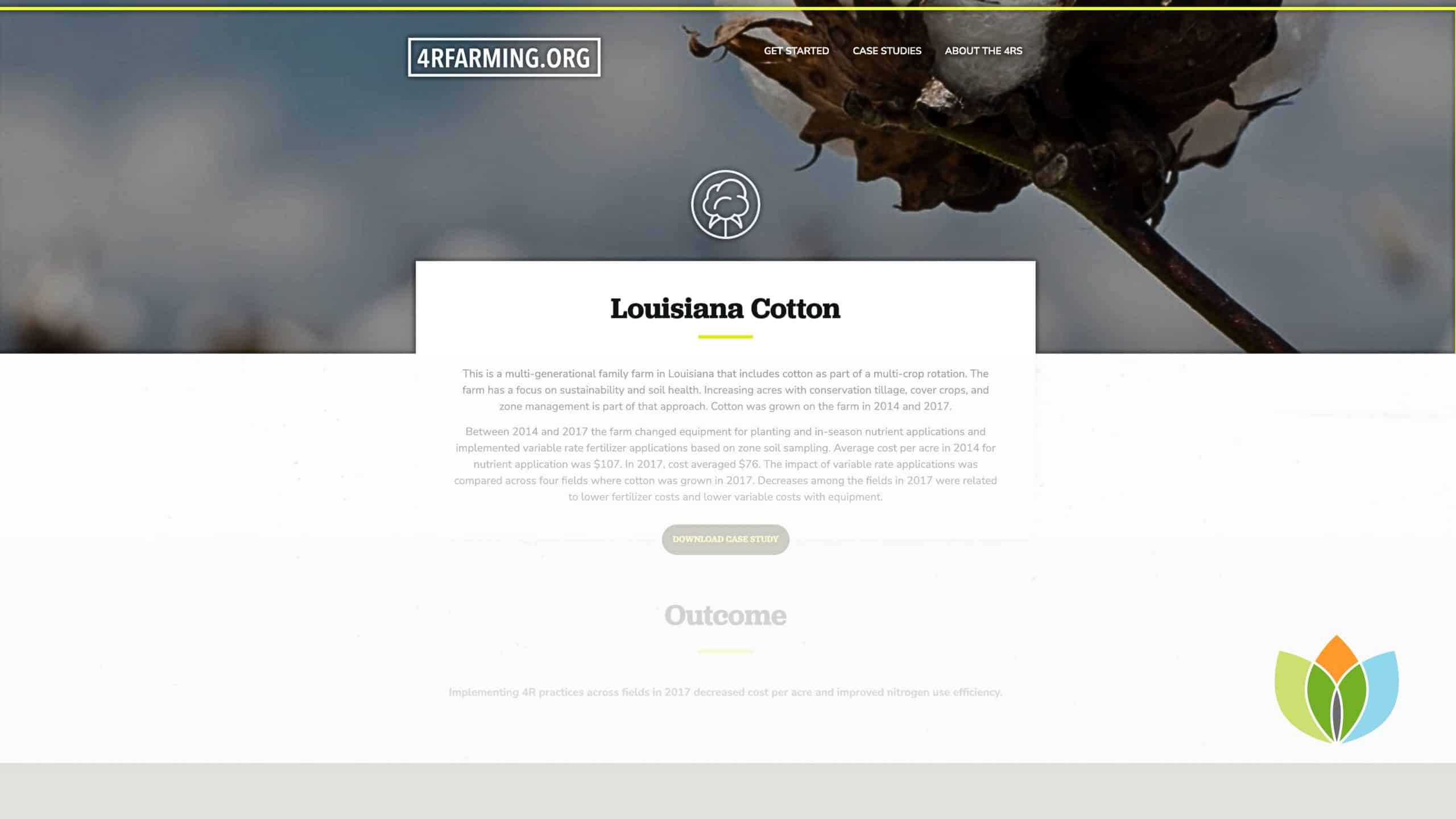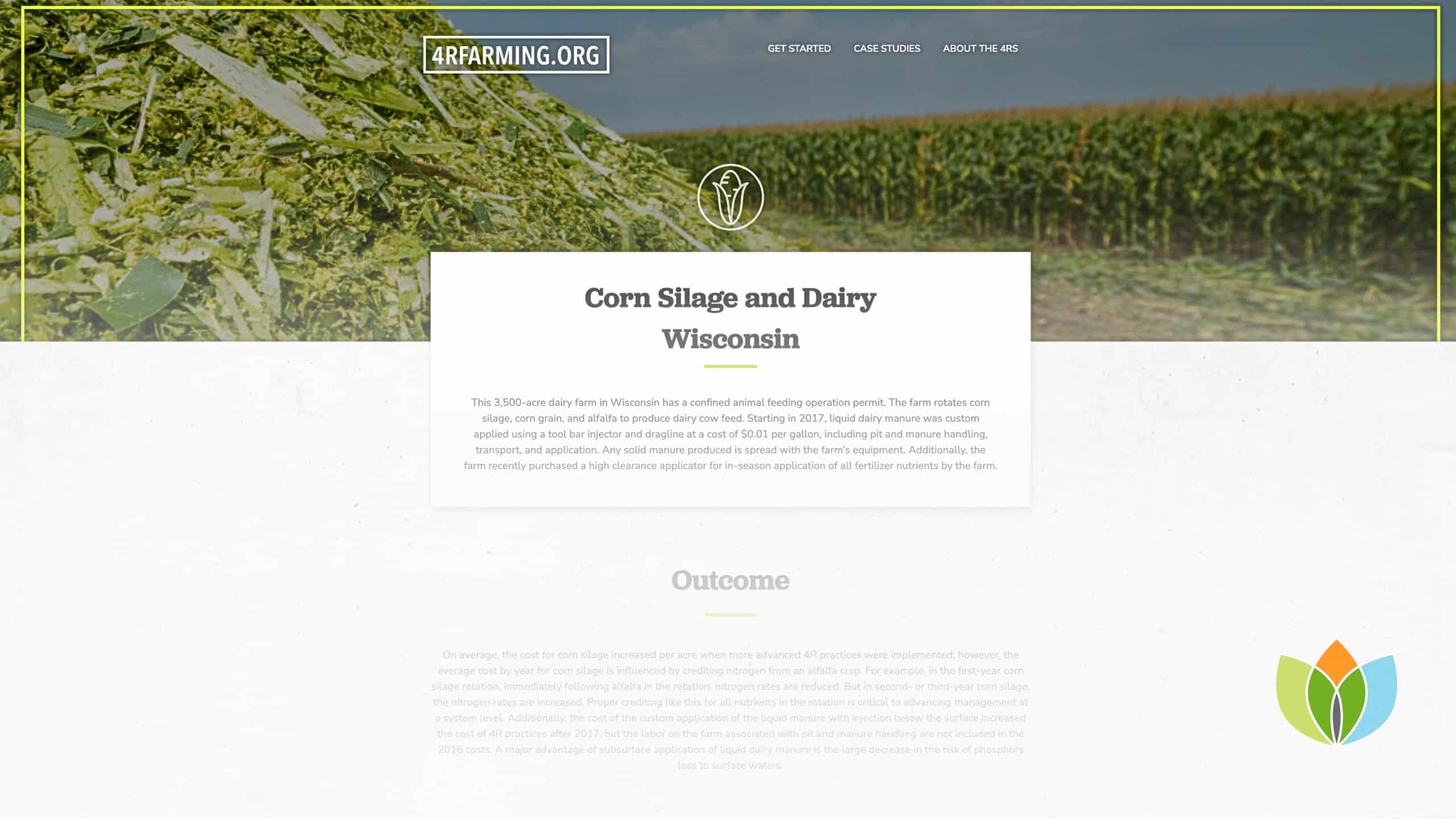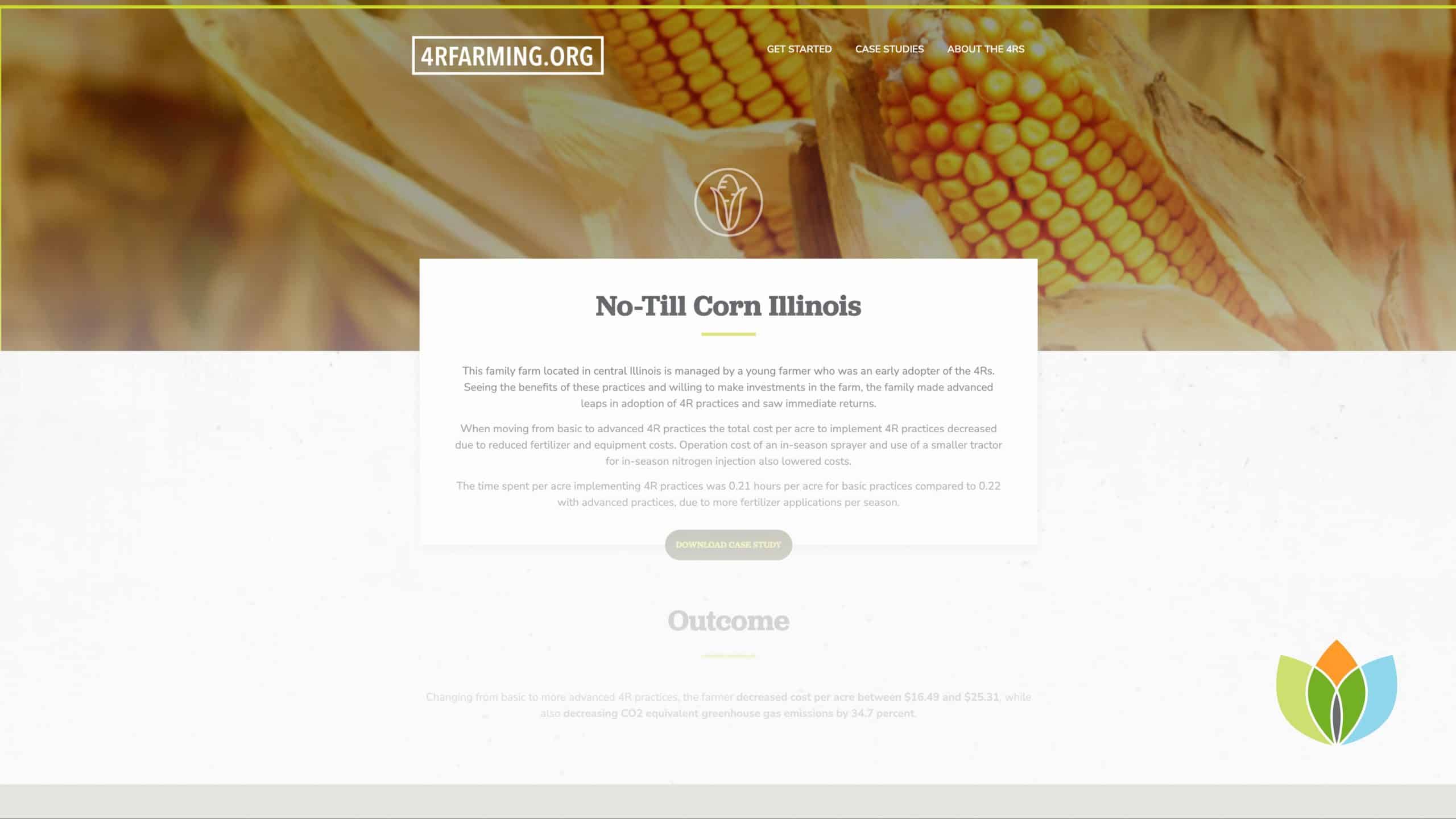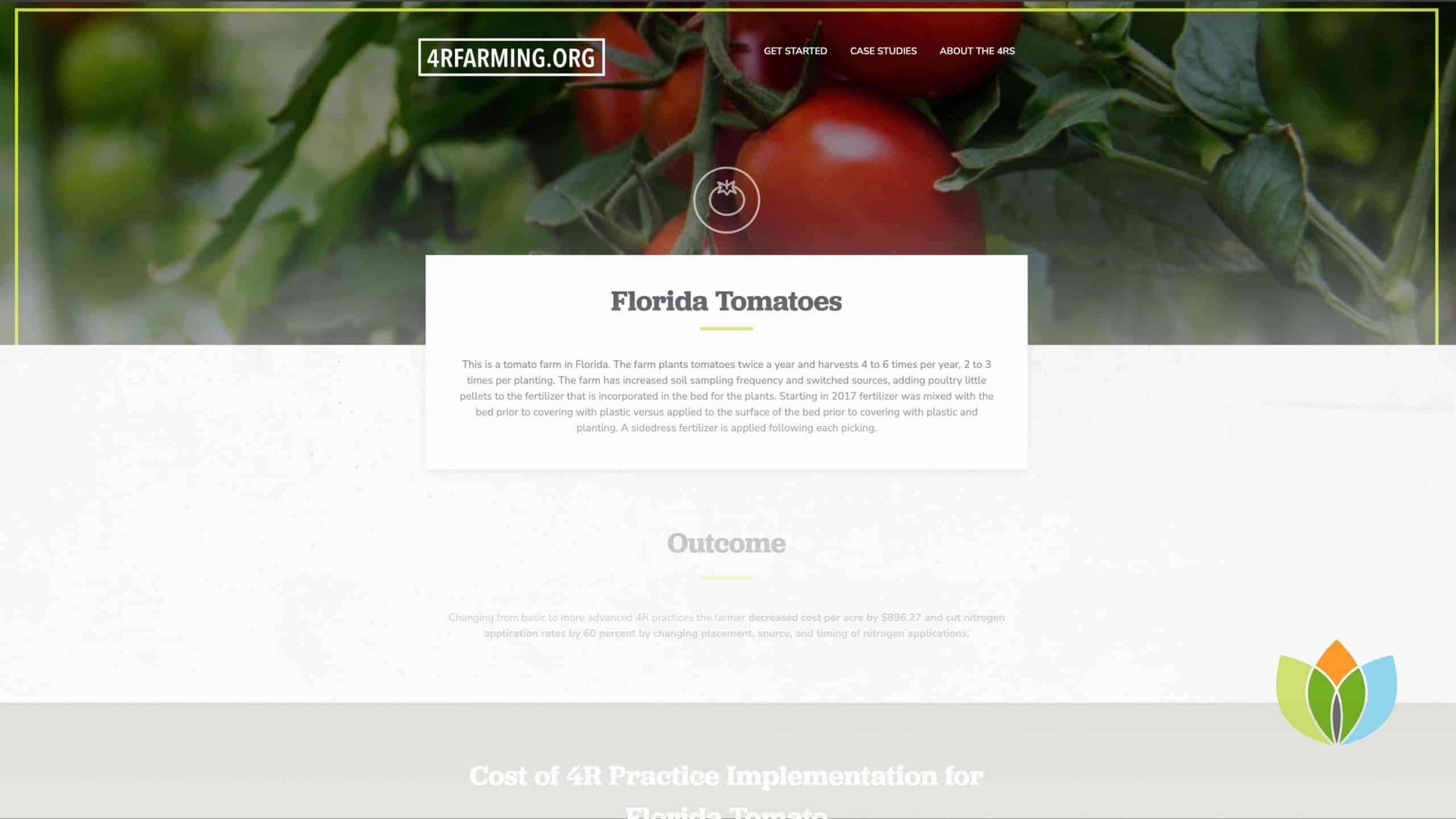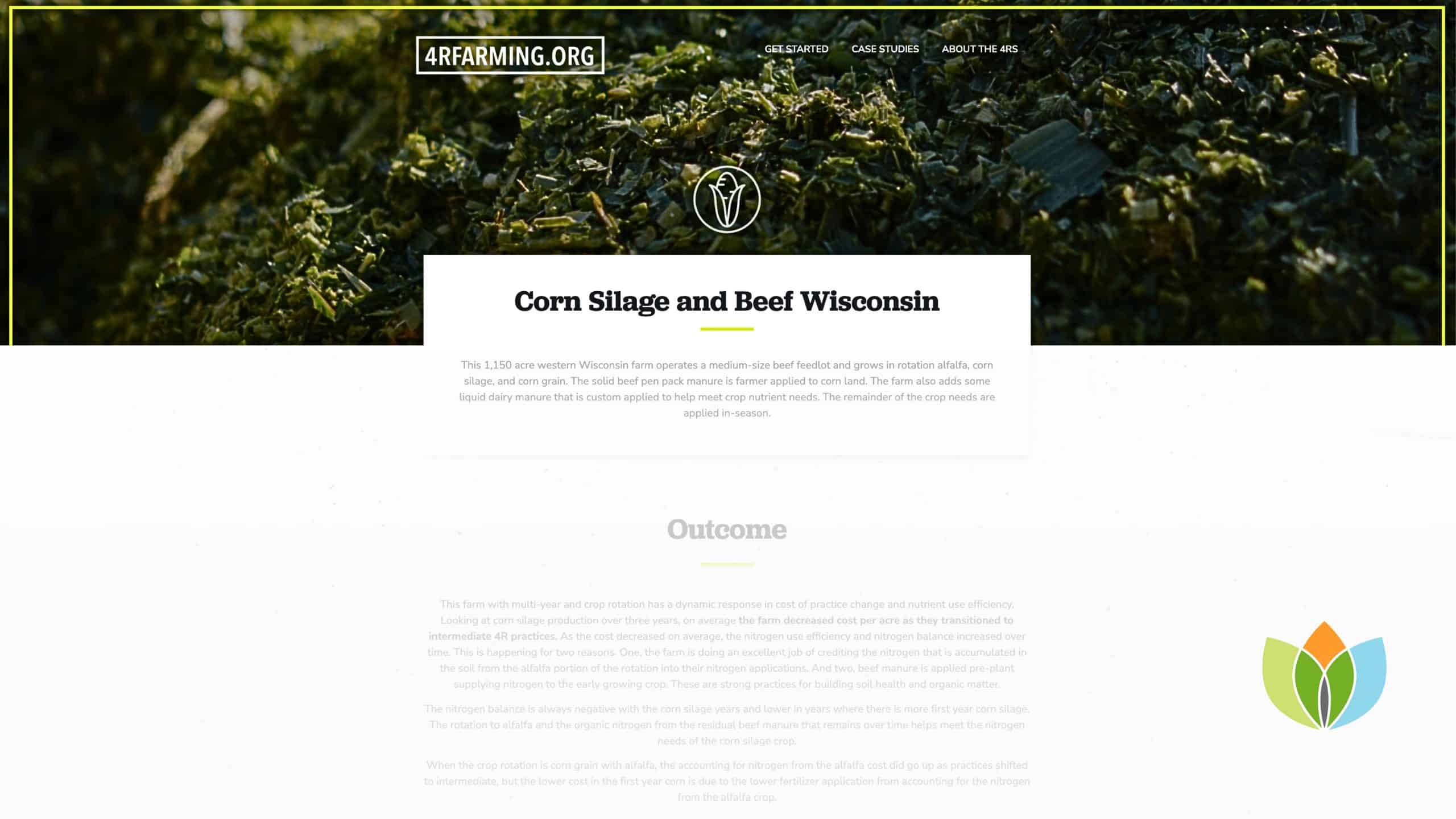Fertilizer 101
Fertilizer is responsible for approximately 50 percent of the world’s food supply. Macronutrients are the major building blocks of all fertilizers and make up the bulk of all fertilizer produced. Secondary nutrients are just as essential, but are needed in smaller amounts. Micronutrients may sound less important, but they’re not. The ‘micro’ means plants only require trace amounts, but they still can’t do without them.
What to Know About Fertilizer
A Balanced Diet for Plants
Macronutrients: Nitrogen (N), Phosphorus (P) and Potassium (K): These are the major building blocks of all fertilizers and make up the bulk of all fertilizer produced.
Secondary Nutrients: Calcium (Ca), Magnesium (Mg) and Sulfur (S): These elements are called “secondary” not because they are less essential, but because most crops typically need them in smaller quantities.
Micronutrients: They may sound less important, but they’re not. The ‘micro’ means plants only require trace amounts, but they still can’t do without them. These micronutrients are: Boron (B), Chloride (CI), Copper (Cu), Iron (Fe), Manganese (Mn), Molybdenum (Mo), Nickel (Ni) and Zinc (Zn).
Nutrient Stewardship: Case Studies
The 4R Advocate Program has recognized agricultural producers and retailers, 116 farmers and agricultural retailers who manage over 283,000 acres in 25 states. These forward-thinking individuals champion sound nutrient stewardship to their fellow growers, policymakers and the media.
Program Objectives:
- Recognition – The 4R Advocate Program is an award program that recognizes farmers and their retail advisors for implementing an exemplary 4R Nutrient Stewardship strategy.
- Advocacy – 4R Farmers serves as advocates in Washington, D.C., sharing their story and focusing on the environmental, economic and social benefits of 4R Nutrient Stewardship. These activities include but are not limited to speaking engagements, interviews, meetings with legislators, and more.
- Research – All 4R advocates commit to sharing their farm data with TFI researchers. Using 4R research tools, each winner’s economic and environmental impact are measured and quantified. This data becomes the foundation for their advocacy work on Capitol Hill and with the federal agencies.
- Media & Public Relations – Farmers are best positioned to tell the positive story of fertilizer use efficiency and nutrient stewardship efforts that the industry promotes. This is fundamental to protecting the industry’s license to operate and farmers’ access to important crop nutrients. Each farmer story is prepared in print, social media content, and other media assets to share broadly with press, environmental groups, and the general public.

